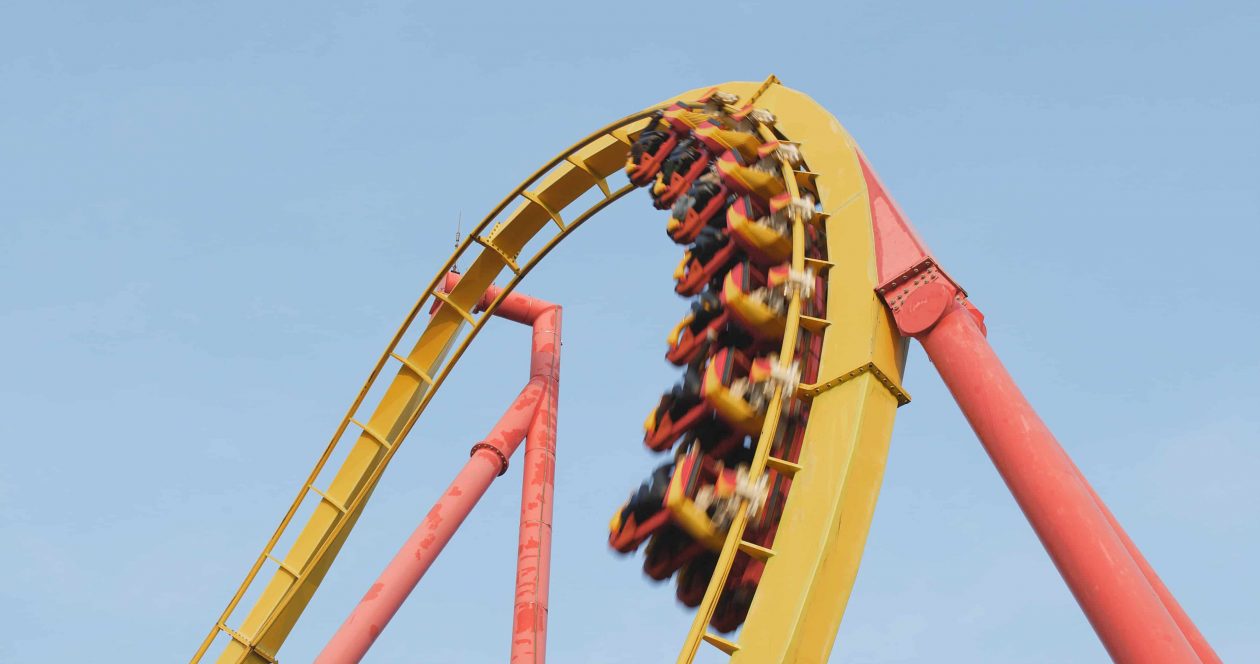Blockchain is ushering in paradigmatic changes in finance, supply chains and the world of art — and now it’s set to change the way in which children can play and learn by laying the groundwork for the development of decentralized theme parks.
Today, Hong Kong’s Ocean Park will open its latest attraction, the Explorer R Experience Hub, an immersive, interactive experience for children that will allow them to create their own in-game avatars and super-pet companions to learn about the natural environment and get creative.
The Experience Hub is based on STEAM-based learning, an approach to learning that uses science, technology, engineering, the arts and mathematics as access points for guiding students’ sense of inquiry, dialogue, practical learning and critical thinking.
The new attraction features disruptive technologies such as image recognition and gesture mapping, and tracks visitors’ positions within a virtual world using an indoor positioning watch synched to gameplay. The hub was designed by Immersive One, a joint-venture formed by a leading multidisciplinary team specializing in gaming, creative media technology and blockchain technology. Impressive though the Experience Hub is, it’s merely the forerunner of a much more ambitious vision.
“This is just the first step — a prototype, if you will,” said Immersive One CEO Denny Wong. “The next theme park we are working on will be backed by blockchain technology together with this kind of technology. Those avatars you create here will become NFTs, and players will be exposed to, and learn about, crypto economics through game play.”
Out with tickets, in with tokens
Today’s adults may remember heading to arcades as kids, racking up points playing their favourite games and collecting handfuls of coupons that they could exchange for prizes. Although some came to treasure the stuffed toys or novelty gadgets they redeemed their hard-earned coupons for — after shelling out all their pocket money on simple games like Skee Ball — at the end of the day they were largely junk, and few people kept such items from their childhood.
At the decentralized theme parks currently in development, such as Dreamy Edventure, instead of earning tickets, children will be able to earn new forms of digital currency and create unique non-fungible tokens in the form of their avatars.
Unlike the mini-golf set or X-Men figurine you lost a long time ago from your days in the golden age of arcade games, the NFTs will exist forever on the blockchain, property of gamers who can take them home and continue to upgrade them through various online activities.
Digital currency earned through completing game levels will be usable in what is essentially a decentralized finance ecosystem for children. Through game play, they will be able to earn digital currency to level up their avatars, buy food and prizes at physical parks and even admission to a theme park.
Sense of ownership
“In future, children will be invited to bring along their favorite toys to the theme park, and by way of 3D scanning technology and AI, their toys will be transformed into one of a Dreambie, which will be an NFT — their own unique adventure companion to explore the Dreamverse together. It’s really cool because they will own these characters, not the park,” said Wong.
As the blockchain supporting the decentralized theme park will be a public chain, users may even be able eventually to trade their NFT avatars on the open market, which will further drive the ecosystem as the potential of NFT profits will likely increase according to the item’s scarcity, encouraging further gameplay and learning.
Although the theme parks of the future will look nothing like your average roller-coaster, the educational value and exposure to what will likely become the financial ecosystem of the future at such a young age could prove to be much more beneficial.

